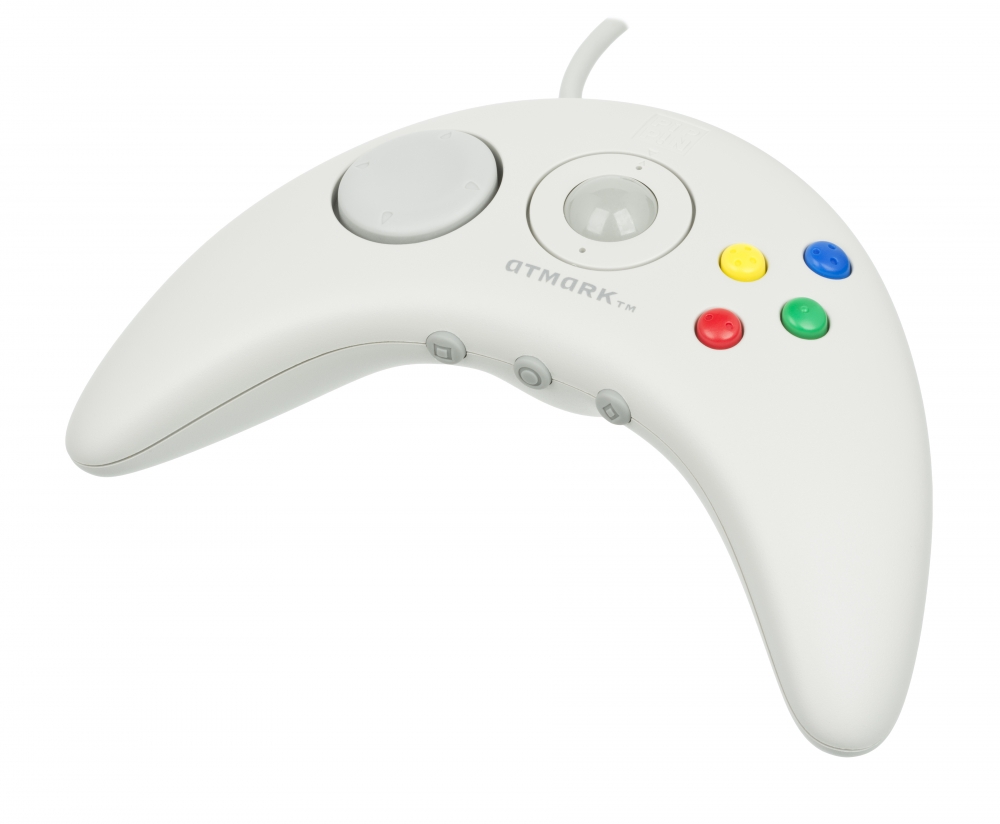Apple sold a $599 game console in 1996
- Bandai and Saturn helped develop the Pippin in partnership with Apple Inc.
- The Pippin was directed at the home market as "an integral part of the consumer audiovisual, stereo, and television environment.”
- The Pippin ended up being a flop for Apple, as they had big competition from the likes of Sony, Nintendo and Sega.
When you think of Apple as a company, what’s the first thing that comes to mind? Maybe it’s the ubiquitous iPhone, or the classic Macintosh — or maybe even one of their music ventures like the iPod or Apple Music. Whatever pops into your head, I’ll bet it isn’t one thing; gaming. It sure wasn’t the thing I first thought of! Which is why it surprised me to learn that Apple, yes, Apple released a gaming console; the 1996 Apple Pippin game console. The name of the machine was based on the heirloom winter variety of apples that belongs to the Rosaceae family. Apple’s game console followed the naming scheme of other Apple products, mainly the Macintosh (which itself is named after a type of apple). The game console was marketed as ‘P!P P!N,’ and was built on the classic MacOS architecture.
 Interestingly, the Pippin was never developed with dedicated graphics nor sound processors. That’s because it was based on the Macintosh platform, which used dedicated system software such as 2D and 3D quick draw which were made available to developers. Apple chose to use the PowerPC 603 32-bit processor, primarily due to the requirements of the on-device modem which brought internet connectivity to the device.
Interestingly, the Pippin was never developed with dedicated graphics nor sound processors. That’s because it was based on the Macintosh platform, which used dedicated system software such as 2D and 3D quick draw which were made available to developers. Apple chose to use the PowerPC 603 32-bit processor, primarily due to the requirements of the on-device modem which brought internet connectivity to the device.
In 1993, Bandai wanted to deliver a scaled-down version of the Macintosh purely for CD-ROM game-playing. Bandai President and CEO Makoto Yamashina chose the Macintosh platform over other platforms available at the time. — Bandai

Essentially, the Pippin was a way to increase Macintosh's market share by expanding into new product categories and user bases. Apple relied on third-party companies to produce Pippin systems. In 1994, the Japanese toy maker Bandai approached Apple with the idea of a gaming console. Apple designed the Pippin after the Macintosh Classic II and developed the console’s logic board and Bandai was in charge of the casing and packaging. Once Bandai licensed the Pippin from Apple, Apple made no effort to market the Pippin. Bandai ended up spending US$93 million in marketing alone just to sell the Pippin line, as that was part of the licensing agreement with Apple. Bandai had predicted up to 200,000 Pippin systems would be sold in Japan in the first twelve months, and 300,000 systems would sell in the US within twelve months of being released.
 Unfortunately, the Apple Pippin was doomed to fail. The timing of the conference release was a terrible mistake, as it launched during the height of the first generation PlayStation, the Sega Saturn and the Nintendo 64 and many more. Those companies were already well established in the gaming console market. To make matters worse, there was a major lack of marketing for the Pippin, creating a severe lack of anticipation for the ill-fated console. The low level of excitement and poor marketing strategy led to the discontinuation of the console in 1997, just one year after its initial release.
Unfortunately, the Apple Pippin was doomed to fail. The timing of the conference release was a terrible mistake, as it launched during the height of the first generation PlayStation, the Sega Saturn and the Nintendo 64 and many more. Those companies were already well established in the gaming console market. To make matters worse, there was a major lack of marketing for the Pippin, creating a severe lack of anticipation for the ill-fated console. The low level of excitement and poor marketing strategy led to the discontinuation of the console in 1997, just one year after its initial release.
Recommended by the editors:
Thank you for visiting Apple Scoop! As a dedicated independent news organization, we strive to deliver the latest updates and in-depth journalism on everything Apple. Have insights or thoughts to share? Drop a comment below—our team actively engages with and responds to our community. Return to the home page.Published to Apple Scoop on 25th March, 2021.
No password required
A confirmation request will be delivered to the email address you provide. Once confirmed, your comment will be published. It's as simple as two clicks.
Your email address will not be published publicly. Additionally, we will not send you marketing emails unless you opt-in.